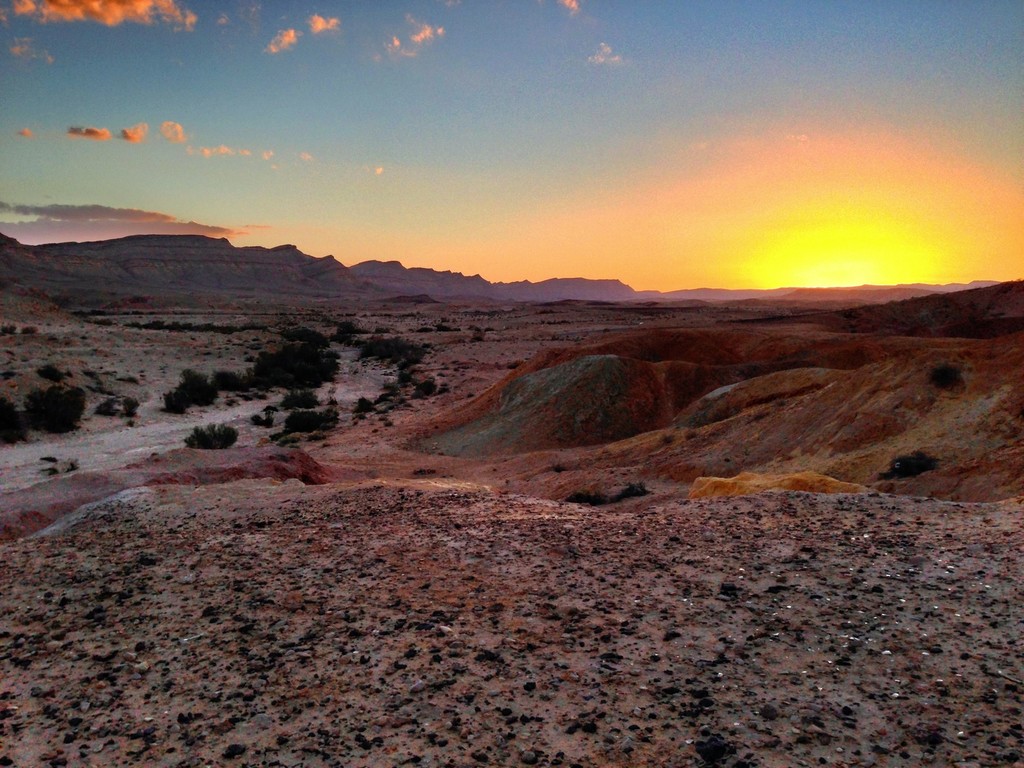New agricultural pioneers transforming the Negev
In southern Israel, the next generation of Jewish pioneers is making the desert bloom.
A group of young, Zionist, idealistic adults are cultivating a previously uninhabited area in the northwest Negev on Israel’s borders with Egypt and Gaza—growing tomatoes, potatoes, lettuce, cauliflower, pomegranates, olives, and more.
imNava Uner said she’s in the Negev “because I can make a difference.” Uner lives in Bnei Netzarim, one of three Halutza (pioneer) communities, as part of the new Young Farmers Incubation Project
The Jewish National Fund (JNF) established the project shortly after the 2005 unilateral disengagement from Gaza, one of the most polarizing events in Israel’s history. The Halutza planned communities are part of JNF’s Blueprint Negev campaign, which is aimed at developing southern Israel through infrastructure and jobs. The Negev comprises about 60 percent of Israel’s land, but only eight percent of Israeli citizens live there. But in recent years, the Negev has rapidly evolved into a hub of activity, with a new cyber-security park, an expanded Israel Defense Forces presence, and the growth of Ben-Gurion University of the Negev.
The Young Farmers Incubator Project—co-sponsored by the Ness Foundation, Karen Ferber, and Ellen Aschendorf—is part of the area’s innovative spirit, aiming to encourage young entrepreneurs who are looking to make a future working the land to stay and invest in their own farms in the Negev.
The area, however, is desert. In fact, the Negev is so dry that in 2001, when former prime minister Ehud Barak offered Yasser Arafat the area as part of a land-for-peace deal, Arafat turned it down over his concern that it is “a place of death. … Nothing could grow there.”
But today, these young farmers, with the support of veteran farmer mentors, are changing sand into the blossoms of a new beginning. They use hydroponics and scientific techniques developed in the former Gaza-based Jewish communities of Gush Katif to grow bug-free produce.

 74.0°,
A Few Clouds
74.0°,
A Few Clouds 







